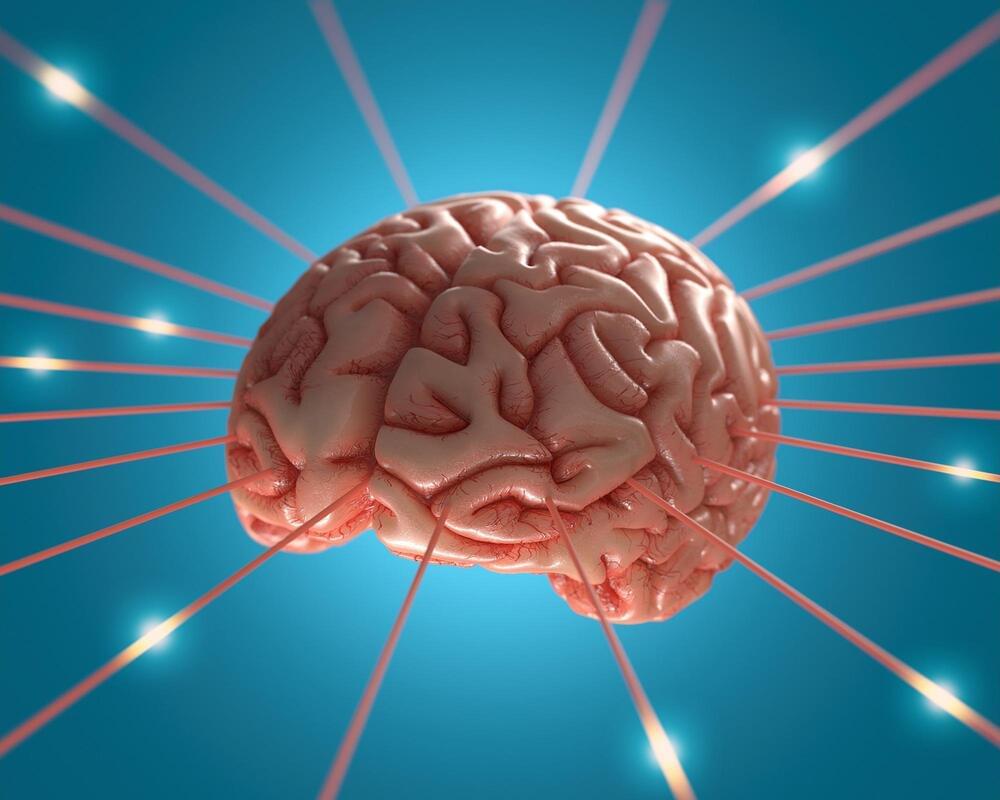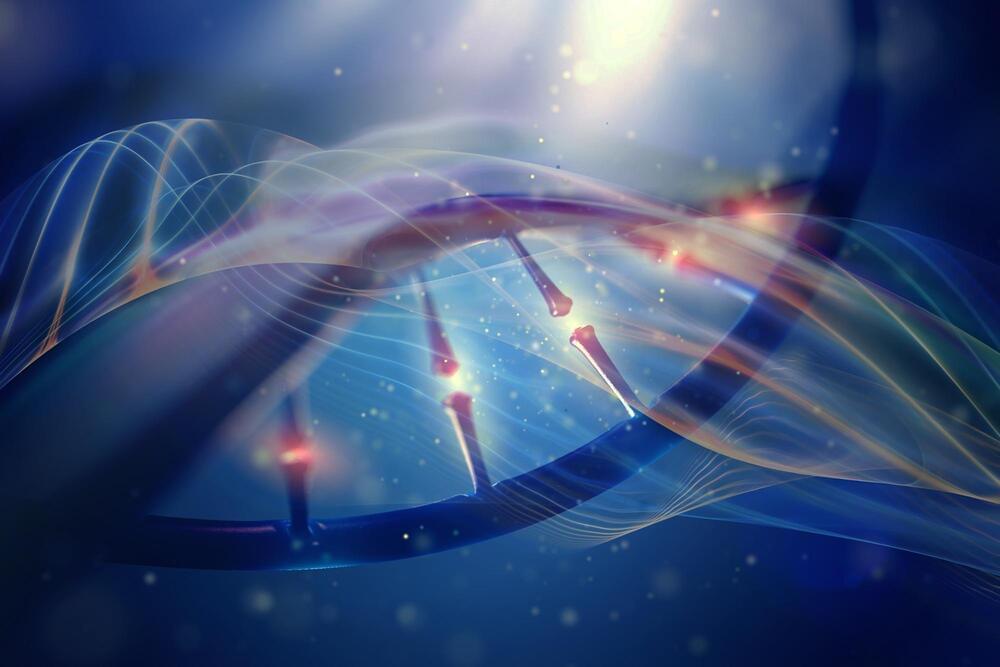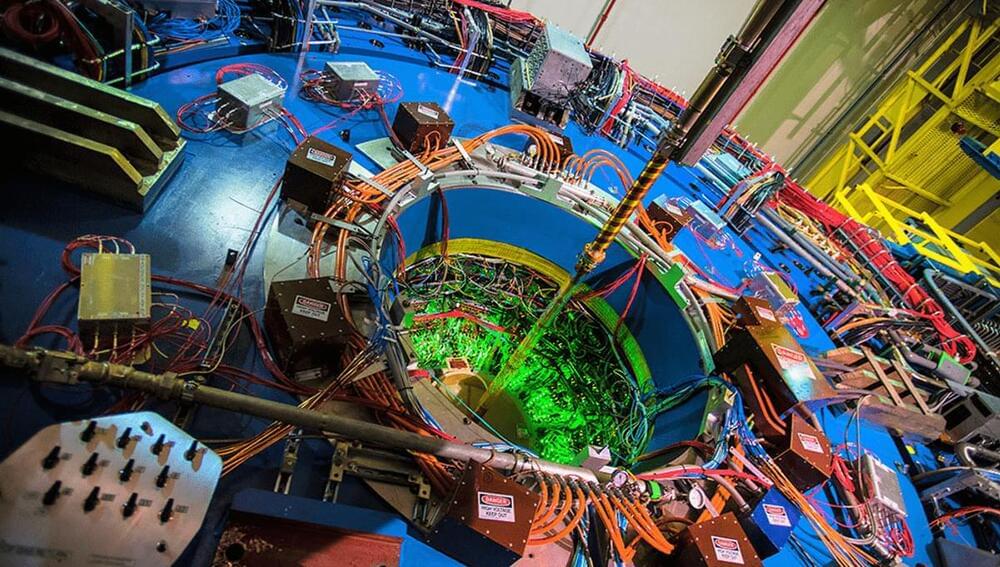Page 2736
Jan 7, 2023
Inside the factory making a flying car ready for take off — BBC News
Posted by Raphael Ramos in categories: energy, transportation

A flying car could be tested by the public in America as early as next year.
Jet-ski champion and over-water hoverboard inventor Franky Zapata’s latest innovation is the JetRacer, a single-seat car that can fly.
Continue reading “Inside the factory making a flying car ready for take off — BBC News” »
Jan 7, 2023
A New Approach to Halting the Effects of Aging: Boosting Immune Cells Improves Brain Waste Clearance
Posted by Saúl Morales Rodriguéz in categories: biotech/medical, life extension, neuroscience
Many neurodegenerative diseases, including Alzheimer’s.
Alzheimer’s disease is a disease that attacks the brain, causing a decline in mental ability that worsens over time. It is the most common form of dementia and accounts for 60 to 80 percent of dementia cases. There is no current cure for Alzheimer’s disease, but there are medications that can help ease the symptoms.
Jan 7, 2023
Researchers Discover That Our Ancient Ancestors Were More Complex Than Previously Thought
Posted by Saúl Morales Rodriguéz in categories: evolution, food
A new study by researchers at the University of Nottingham has shed light on the complexity of our ancient ancestors, solving an important piece of the animal evolution puzzle.
A new study by researchers at the University of Nottingham has revealed that our ancient ancestors were more complex than originally thought, solving an important piece of the animal evolution puzzle.
In the distant past, animals underwent a significant evolution by developing bilateral symmetry and two gut openings. This allowed them to move faster through the early seas, find food and extract nutrients more efficiently, and protect themselves from predators. The success of this trait can be seen in the diverse range of animals that still possess bilateral symmetry and two gut openings today, including humans, starfish, sea cucumbers, elephants, crickets, and snails. Additionally, a group of simple marine worms called Xenacoelomorphs also exhibit this trait, despite lacking the complex features of other animals.
Jan 7, 2023
Arctic Sinkholes I Full Documentary I NOVA I PBS
Posted by Teresa Lynn in categories: climatology, education, sustainability

As the Artic warms permafrost (carbon frozen in time) is melting, what we once thought to be stable ground.
As the permafrost melts with warming temperatures sinkholes are on the rise which release methane gas.
Continue reading “Arctic Sinkholes I Full Documentary I NOVA I PBS” »
Jan 7, 2023
First Quantum Entanglement Between Dissimilar Particles Provides A View Inside Atomic Nuclei
Posted by Dan Breeden in categories: particle physics, quantum physics
Positively and negatively charged versions of the same particle have been entangled for the first time, allowing us to map the hearts of atoms more precisely and opening the doors to more powerful communication tools.
The neutrons and protons that make up the nuclei of atoms are, in turn, composed of quarks. However, quarks alone would be unstable; they need gluons, the carriers of the strong force, to hold them together. Gluons are orders of magnitude too small to see, even with the most powerful microscopes – but they can still interact with photons to produce exceptionally short-lived rho particles that decay to charged two-quark particles called pions.
By measuring the angles and speed at which the positive and negative pions (π+ and π-) emerge, scientists at the Brookhaven National Laboratory have created a map of gluon distribution within the nuclei of gold and uranium atoms. They report this map to be the most precise description of the inner workings of an atomic nucleus.
Jan 7, 2023
Jeff Lichtman (Harvard) Part 2: Neuromuscular Connectomics
Posted by Dan Breeden in categories: biotech/medical, neuroscience, robotics/AI
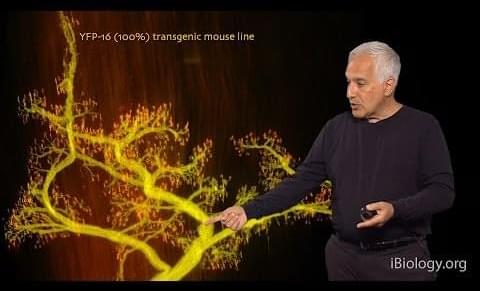
https://www.ibiology.org/neuroscience/connectome/#part-2
Talk Overview: The human brain is extremely complex with much greater structural and functional diversity than other organs and this complexity is determined both by one’s experiences and one’s genes. In Part 1 of his talk, Lichtman explains how mapping the connections in the brain (the connectome) may lead to a better understanding of brain function. Together with his colleagues, Lichtman has developed tools to label individual cells in the nervous system with different colors producing beautiful and revealing maps of the neuronal connections.
Using transgenic mice with differently colored, fluorescently labeled proteins in each neuron (Brainbow mice), Lichtman and his colleagues were able to follow the formation and destruction of neuromuscular junctions during mouse development. This work is the focus of Part 2.
In Part 3, Lichtman asks whether some day it might be possible to map all of the neural connections in the brain. He describes the technical advances that have allowed him and his colleagues to begin this endeavor as well as the enormous challenges to deciphering the brain connectome.
Continue reading “Jeff Lichtman (Harvard) Part 2: Neuromuscular Connectomics” »
Jan 7, 2023
Rafael Yuste: Can You See a Thought? Neuronal Ensembles as Emergent Units of Cortical Function
Posted by Dan Breeden in category: neuroscience
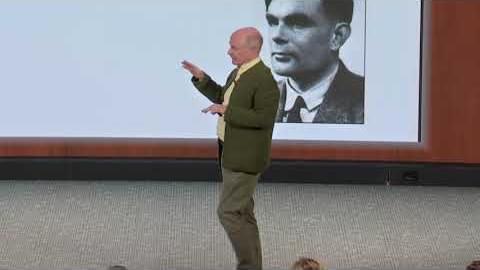
IBM Research hosts a fascinating seminar with Rafael Yuste, a world leader in optical methods for brain research. According to Professor Yuste, lifting neuroscience studies from looking at neurons one at a time to ensembles or functional units is key in our quest to understanding how brains work.
Rafael Yuste is a Professor of Biological Sciences and Neuroscience at Columbia University and Co-director of the Kavli Foundations Institute for Neural Circuitry. He recently helped launch the BRAIN Initiative, a large-scale scientific project to systematically record and manipulate the activity of complete neural circuits.
Jan 7, 2023
TRANSFORMERS: The Future Is Here With This Robotics Tech | New AI For Quantum Computers
Posted by Dan Breeden in categories: particle physics, quantum physics, robotics/AI
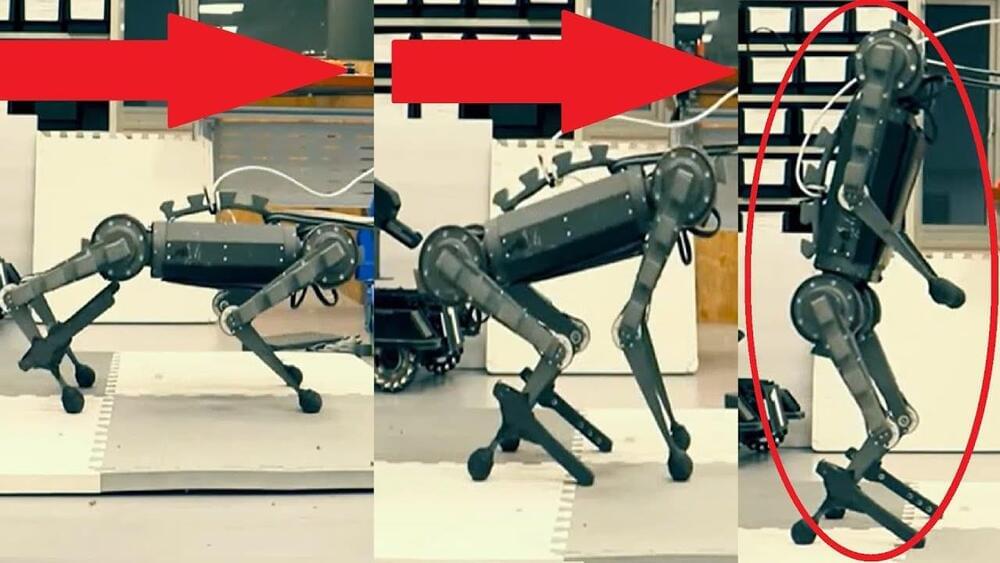
Deep Learning AI Specialization: https://imp.i384100.net/GET-STARTED
AI researchers aim to achieve stability, speed, manipulability and a gain in operational height from for the robot by using machine learning and a 3D printed stick on the robot’s hind legs to allow quadruped transformers to become a humanoid biped robot and walk. Quantum researchers designed a machine learning-based method that shows how artificial controllers can discover non-intuitive pulse sequences that can rapidly cool a mechanical object from high to ultra cold temperatures, faster than other standard methods, which could be used to advance quantum computers. Researchers used deep reinforcement learning to arrange atoms into a lattice shape, which could be used to create new materials and nano devices, including a robot arm mate of atoms.
AI News Timestamps:
0:00 Transformers Robotics Tech.
2:39 Artificial Intelligence To Control Quantum Computer.
5:21 New Nano Scale Robot Arm.
#technology #tech #ai
Jan 7, 2023
Learn about CRISPR & Genome Editing
Posted by Dan Breeden in categories: bioengineering, biotech/medical, ethics

CRISPR-Cas9 is a revolutionary gene editing tool that has wide spread implications for research, medical treatments, the environment, and ethics. In this pla…

